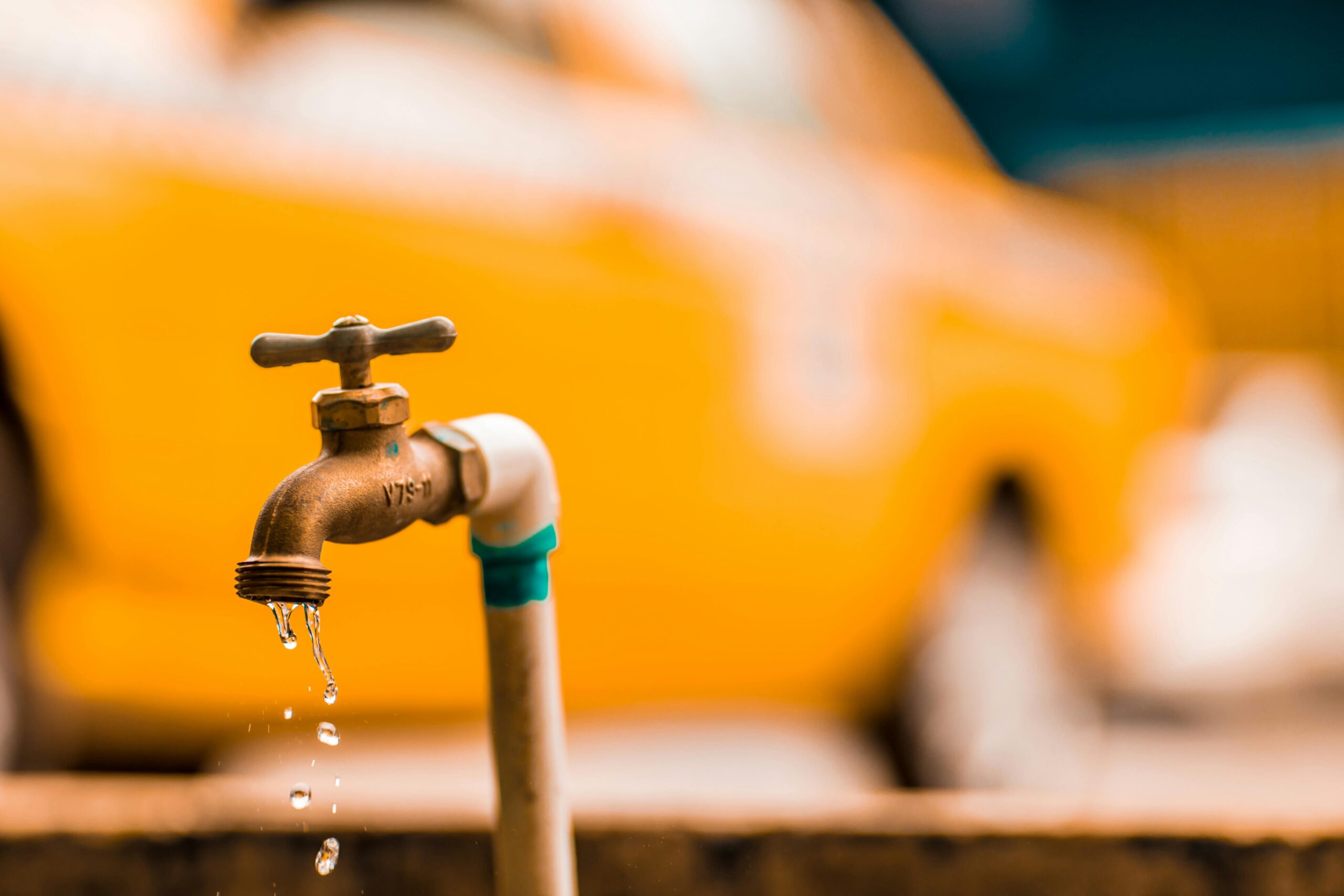What should we expect from municipalities?
Over the years municipal water systems have endured a lot of bad press. Some of it may be deserved but a lot of it of it is not. Wherever there is a boil alert, a call to flush out household water lines, or word of a specific contaminant exceeding safe drinking limits, you will find a news crew, perhaps a protest, and in some cases a class action lawsuit. Few events strike as much fear and call to action in us as does a water contamination or shortage event.
It is remarkable that so very few of us ever think about let alone converse about water in our normal daily lives. We don’t make personal water plans, we don’t visit the local treatment plant, we don’t study water, and pretty much assume, take for granted, that when we open our tap, clean water damned well better come out. When a water event happens however, we get up on the soap box and decry that water is too important for us not to have it on demand 24/7/365.
The world of water is changing, and I am here to tell you that we are not at all prepared for it. Since the most Americans get their drinking water for a municipal treatment plant, it would be for us to reflect on what a treatment plant can and can’t do.
- Always remember and trust that in most cases your municipal treatment facility, because it has invested heavily in filtration, laboratory equipment, and professional operators is your first and best first line of defense against unwanted contaminants. They are the first place to contact when a problem happens.
- Also remember that treatment plants depend on human operation, mechanical equipment, and chemical products. It is foolish to expect that any of these factors are 100% flawless and reliable. Nothing in human existence can be depended on 100% of the time.
- Yet another good point to remember that water is the most unstable, widely fluctuating necessity in our lives. What works to treat water on Monday, may not be effective on Tuesday. There is no way for a treatment plant to know ahead of time that the raw water has undergone a change. When the water does change, all treatment plants will be caught by surprise and have to play catch up.
- Most of our water treatment plants were built decades ago. Many of our modern-day contaminants didn’t even exist when our plants were built. Expecting total and effective removal of these contaminants is unrealistic.
- Regardless of how responsible we are, we cannot prevent our water sources from becoming increasingly contaminated. Increasing population, litter, and stormwater contamination from farms, roads and even from our own yards are all depositing more fresh contaminants into our water than we have time, resources or money to stop. Rain polluted by air from all parts of the world is another ominous problem that we can do little about.
So, here is the takeaway. At some time in the future. municipal treatment plants will no longer guarantee safe, potable water, but instead will provide water that is fine for non-critical uses. The homeowner of tomorrow will have the responsibility of taking tap water and polishing it up to drinking water standards with point-of-use equipment that may become very expensive.
Can you imagine living in a world where only financially sound individuals will be able to afford clean water? Brace yourselves because that time will quickly be upon us.
Is your water safe?







